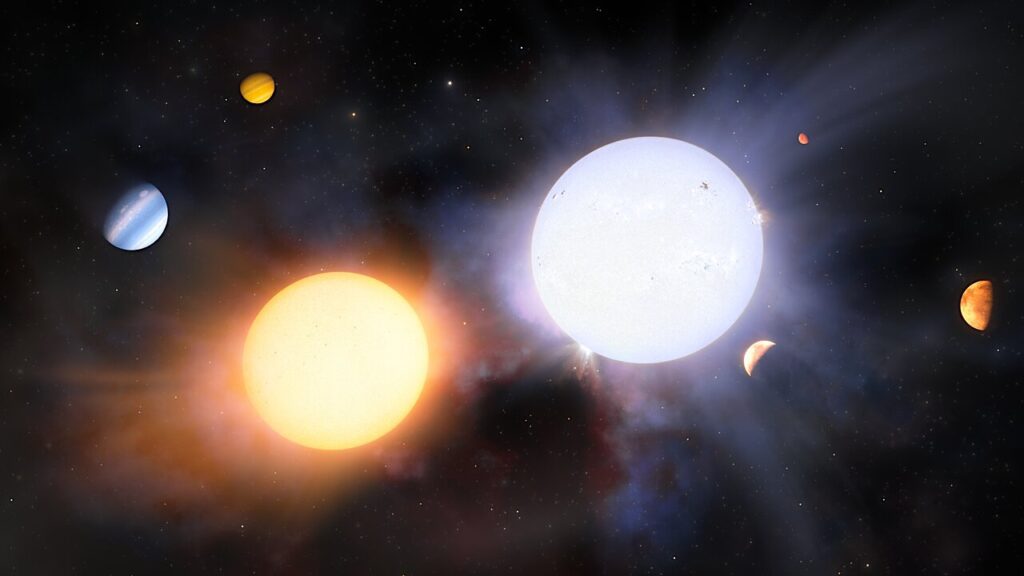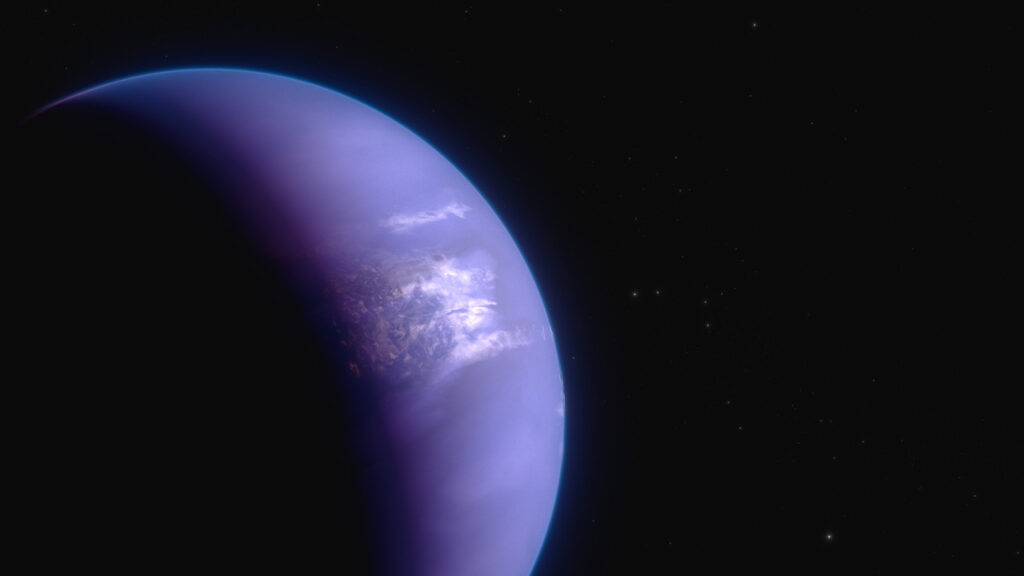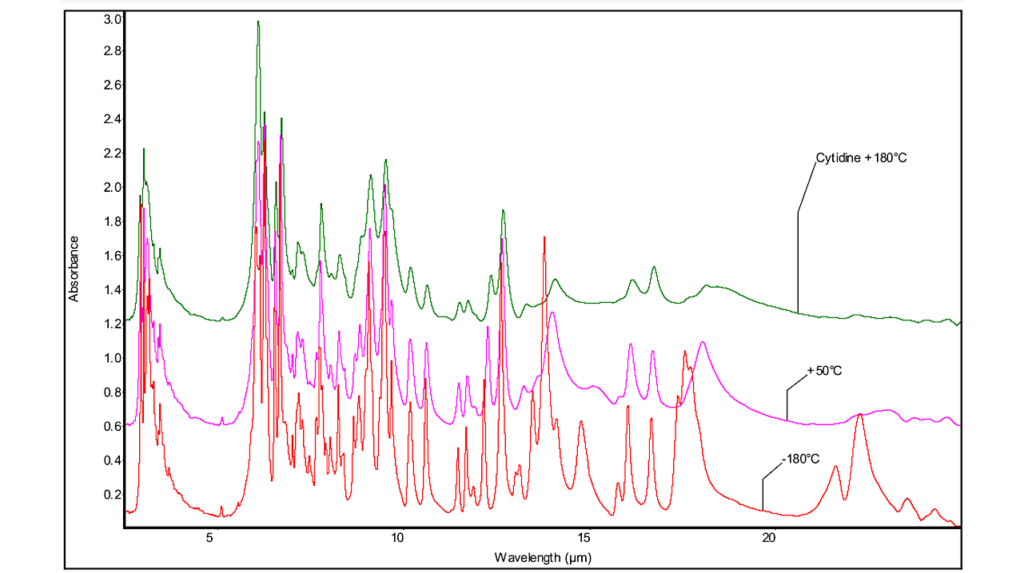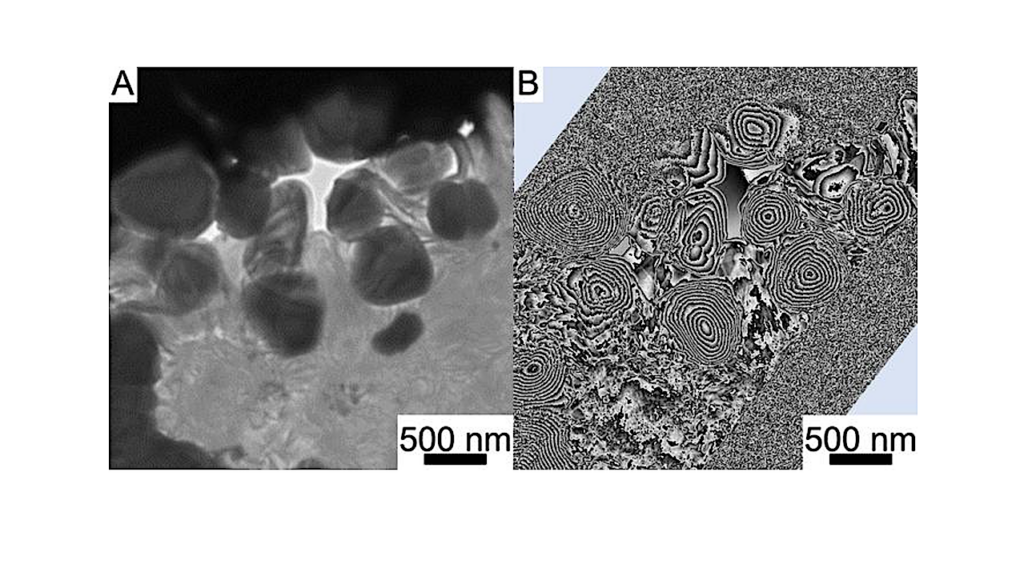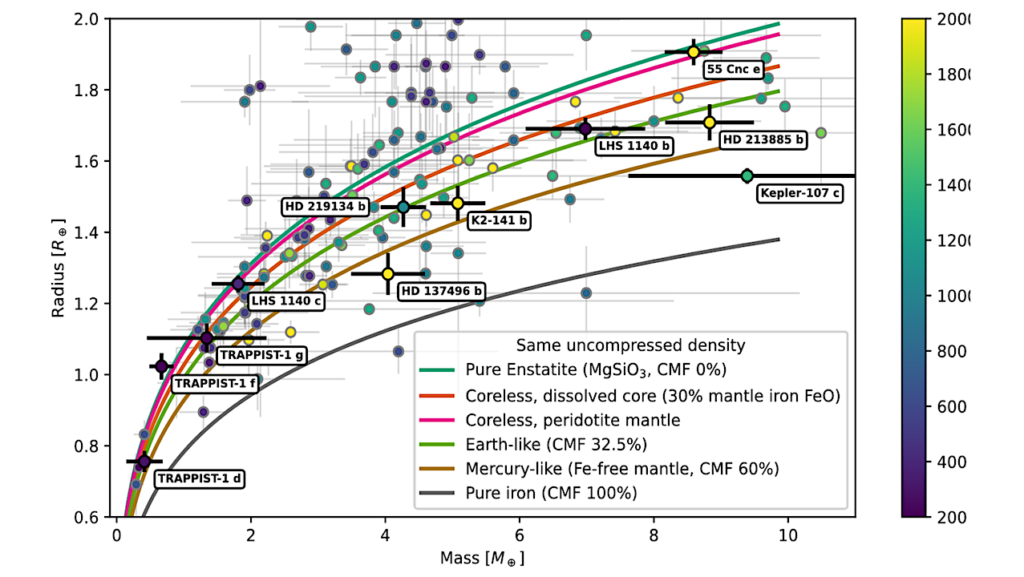Comparative Mid-Infrared Spectroscopy of Dark, Primitive Asteroids: Does Shared Taxonomic Class Indicate Shared Silicate Composition?

Primitive asteroids with low albedos and red slopes in the visible and near infrared (VNIR) are found in both the Main Belt and the Jupiter Trojan clouds.
In order to determine whether the VNIR spectral similarities of primitive Main Belt asteroids and Jupiter Trojans are reflective of a true compositional similarity, we compare the mid-infrared silicate emission features of Main Belt and Jupiter Trojan asteroids.
Using archival data from the Spitzer Space Telescope’s IRS spectrograph and observations from the Stratospheric Observatory for Infrared Astronomy’s (SOFIA) FORCAST instrument, we analyze the 5-40 micron spectra of thirteen primitive Main Belt asteroids and compare them to those of Jupiter Trojans in the literature.
We find that while many primitive asteroids in the Main Belt resemble their Trojan counterparts with strong spectral signatures of olivine-rich high-porosity silicate regoliths, we identify (368) Haidea as a spectrally distinctive asteroid that lacks strong evidence of olivine in its MIR spectrum. Differences in silicate compositions among D-type asteroids imply a diversity of origins for primitive asteroids.
Oriel A. Humes, Audrey C. Martin, Cristina A. Thomas, Joshua P. Emery
Comments: 22 Pages, 9 figures, draft version accepted for publication in PSJ
Subjects: Earth and Planetary Astrophysics (astro-ph.EP)
Cite as: arXiv:2404.19388 [astro-ph.EP] (or arXiv:2404.19388v1 [astro-ph.EP] for this version)
Submission history
From: Oriel Humes
[v1] Tue, 30 Apr 2024 09:24:13 UTC (2,255 KB)
https://arxiv.org/abs/2404.19388
Astrobiology, astrochemistry, Astrogeology,


